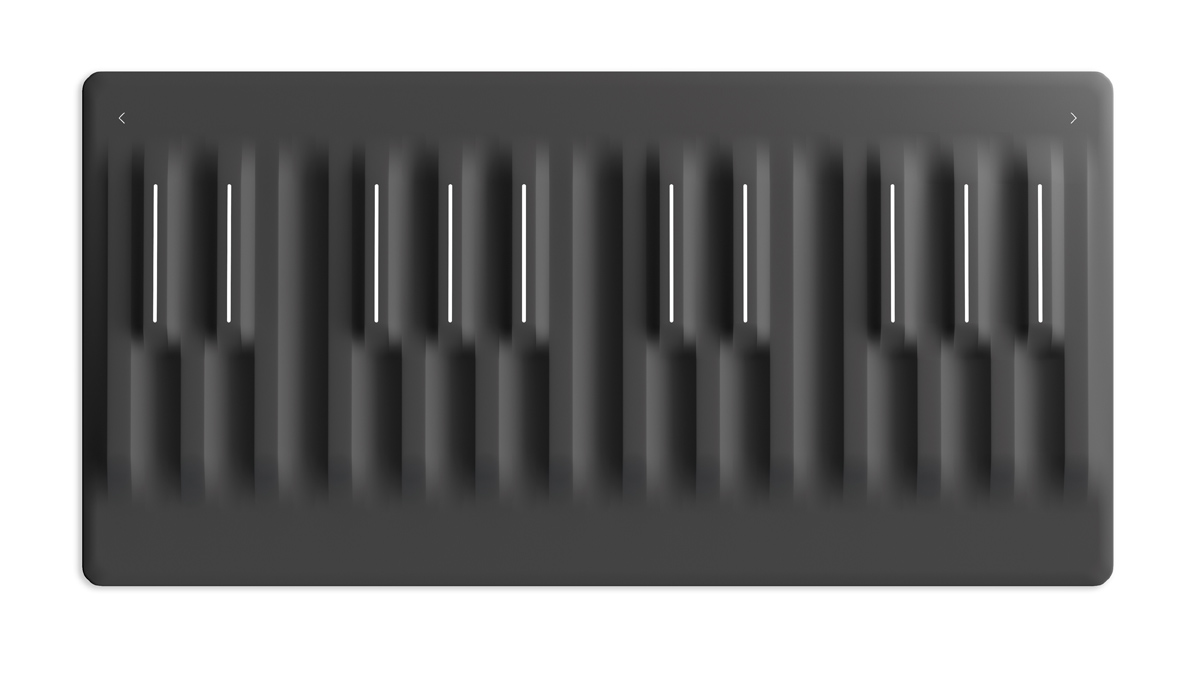ROLI’s mini-keyed and “mainstream” Seaboard is the new kid in the Blocks line-up
Ambitious company releases its most affordable expressive keyboard yet
First came the 88-note Seaboard Grand, then we had the 49- and 25-note Seaboard Rise models, and now ROLI has announced the smallest and most affordable version of its touch-responsive and ‘expressive’ keyboard in the form of the Seaboard Block.
As its name suggests, this is part of the company’s Blocks ecosystem, and features 24 mini keywaves. It’s based on the same technology as the larger models, and has the same rubbery feel, but at £279/$299/€329, gives players who want to buy into the expressive keyboard controller market a more wallet-friendly option. You can also slot together multiple units to create larger keyboard setups.
“Seaboard Block is the culmination and convergence of our work at ROLI to create new instruments that are deeply emotive and easy to play,” said company founder and CEO Roland Lamb. “It is one of the most simultaneously accessible and expressive digital instruments ever made, and I can't wait to hear what people create with it.”

Operating wirelessly over Bluetooth, Seaboard Block can be used on its own or with the Lightpad, Live and Loop Blocks. As of today, the Touch Block has also joined the family; this enables you to adjust the behaviour of the Seaboard and Lightpad Blocks.
The Blocks can be used in conjunction with the NOISE mobile app, which enables you to create musical sketches. There’s also the Equator Player - which contains more than 100 sounds - for desktop users, and the Blocks can be used with your existing DAW setup via the Dashboard software.
We’ll be testing a Seaboard Block soon and letting you know not only how it integrates with the rest of the Blocks products, but also how it fares when considered as a standalone keyboard controller. For now, you can find out more and place orders on the ROLI website.
Want all the hottest music and gear news, reviews, deals, features and more, direct to your inbox? Sign up here.



I’m the Deputy Editor of MusicRadar, having worked on the site since its launch in 2007. I previously spent eight years working on our sister magazine, Computer Music. I’ve been playing the piano, gigging in bands and failing to finish tracks at home for more than 30 years, 24 of which I’ve also spent writing about music and the ever-changing technology used to make it.